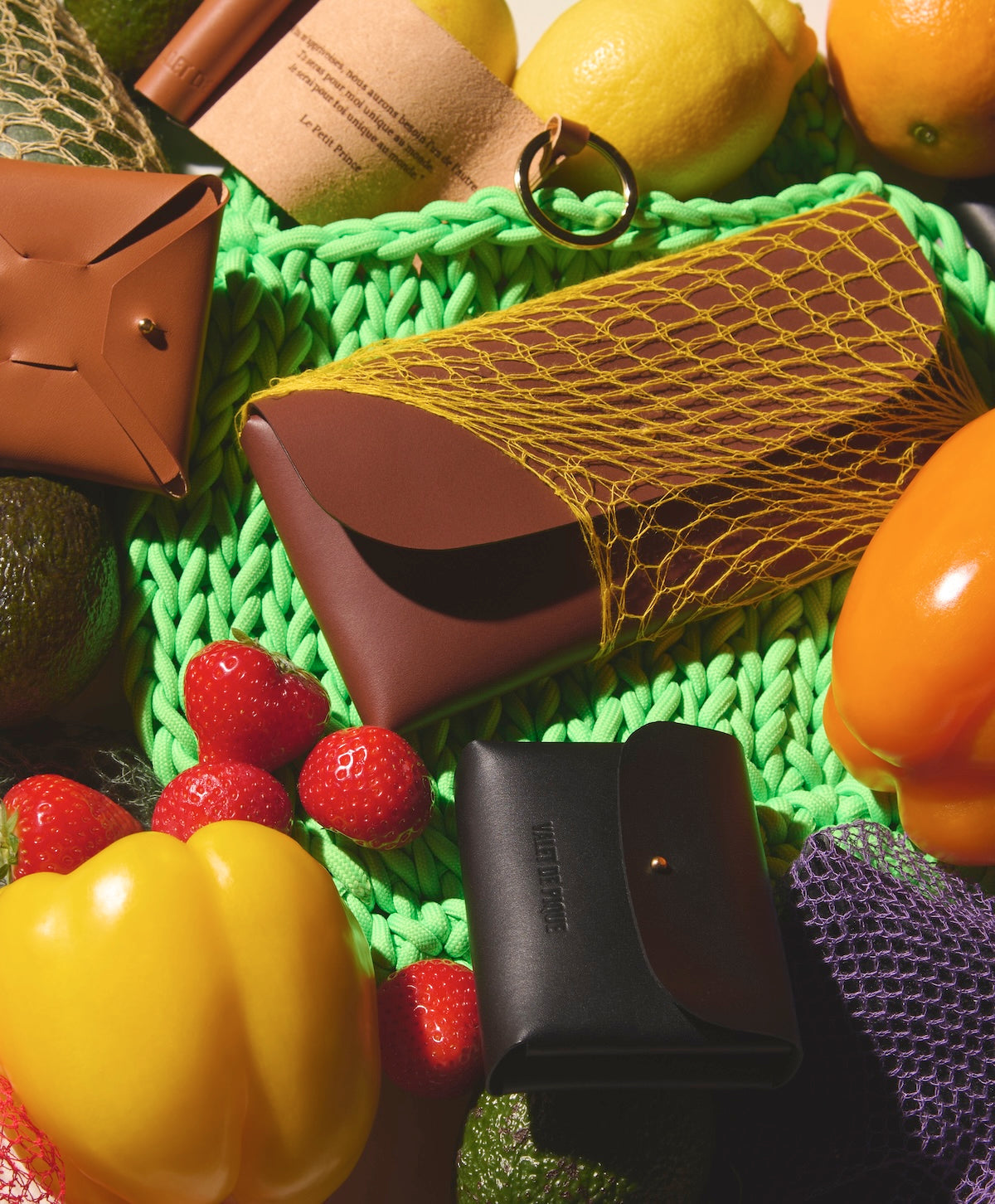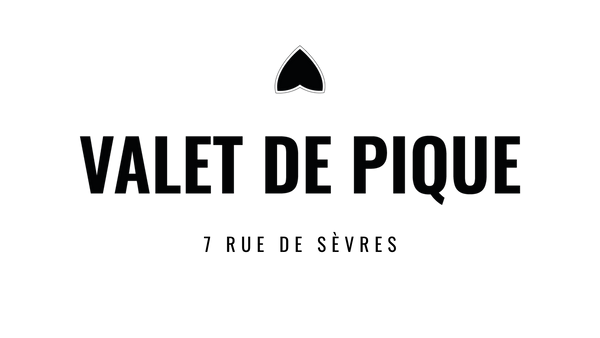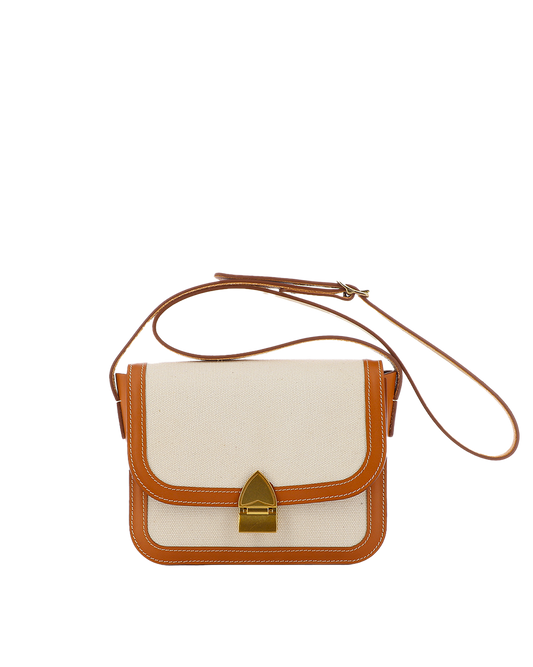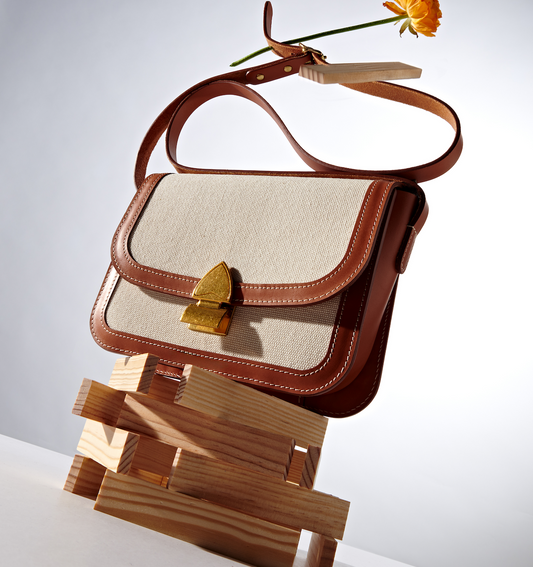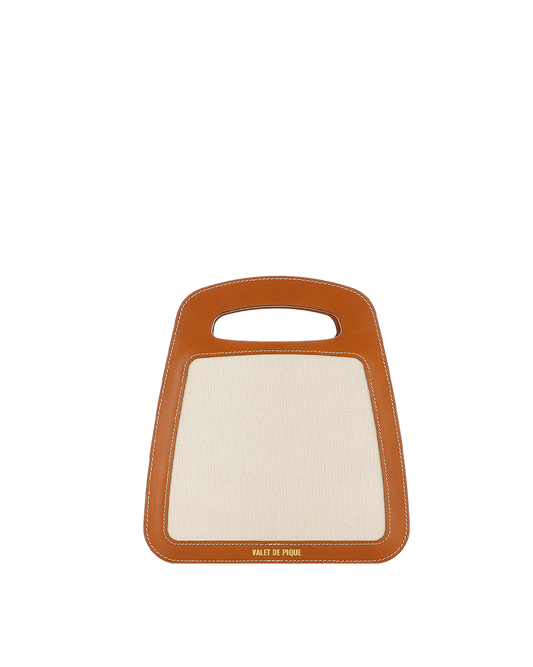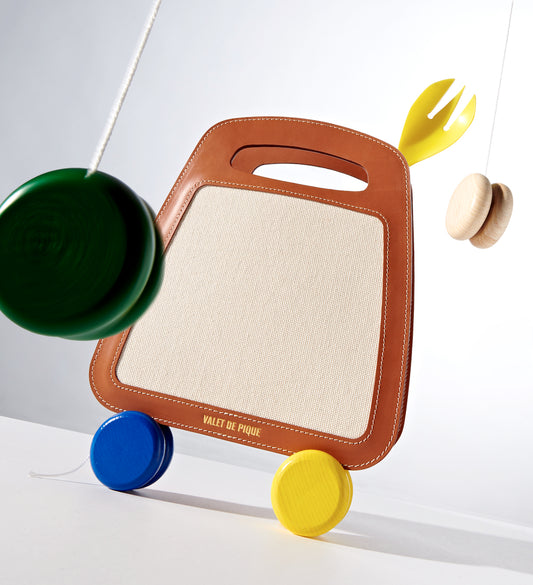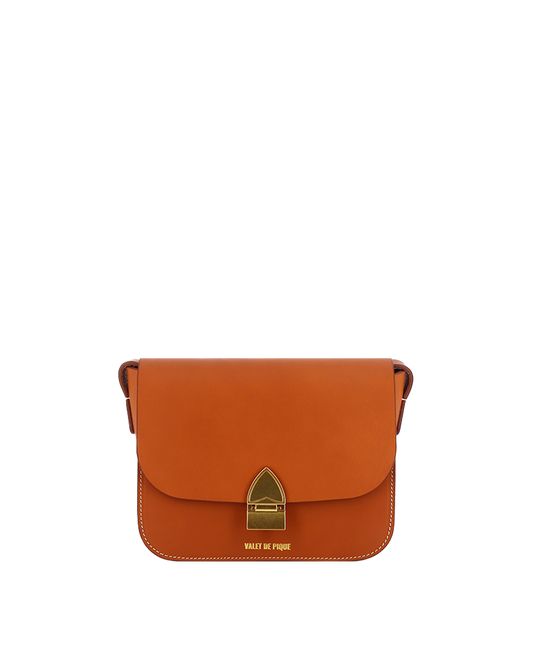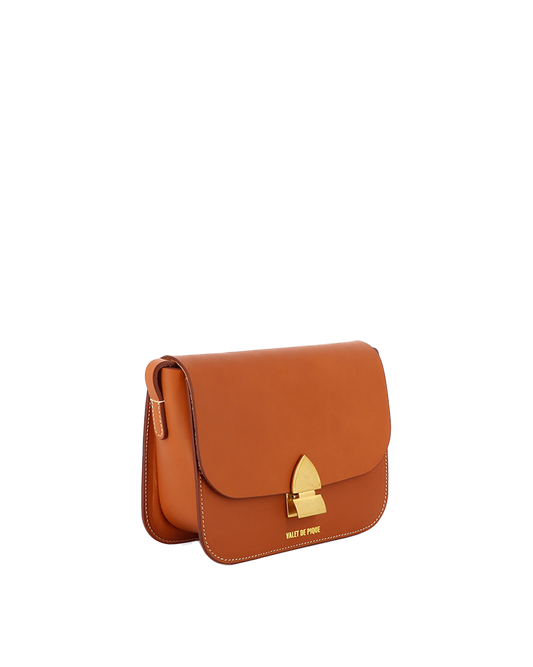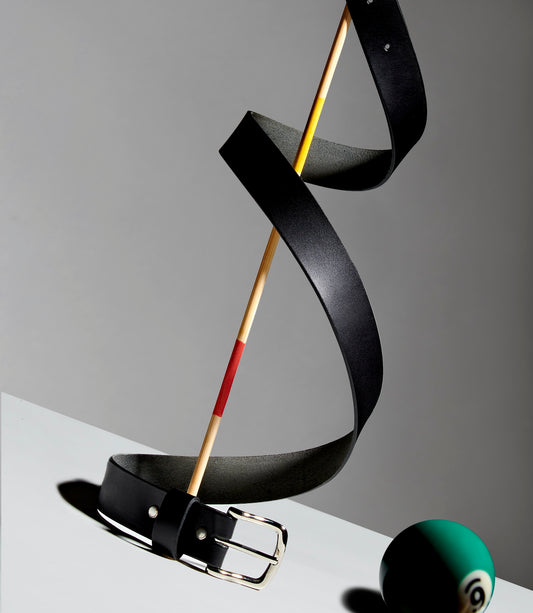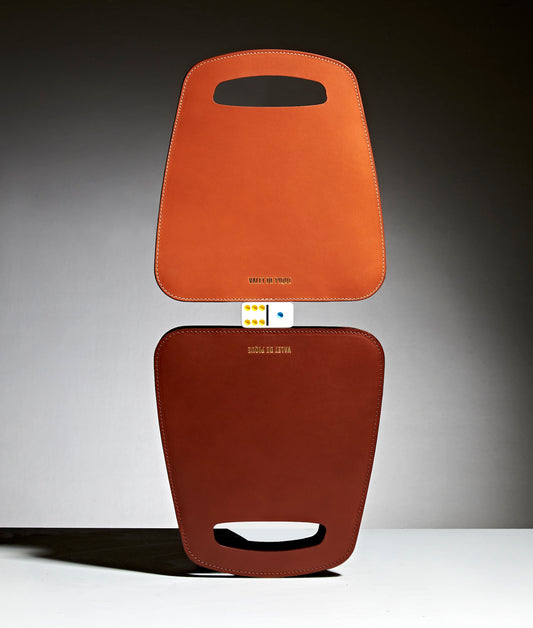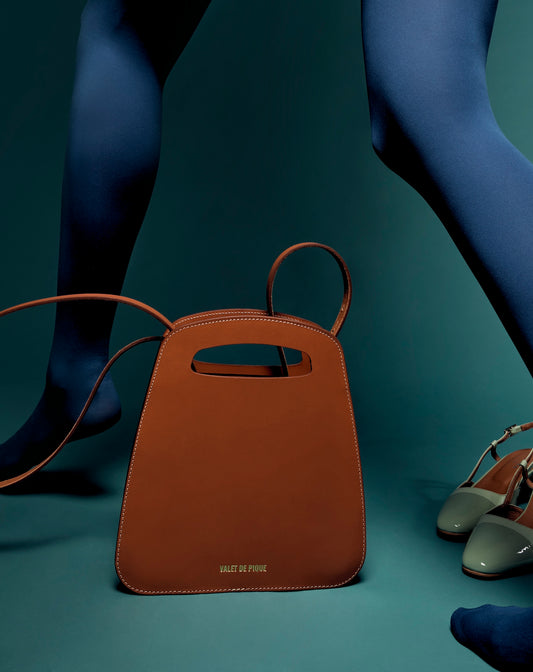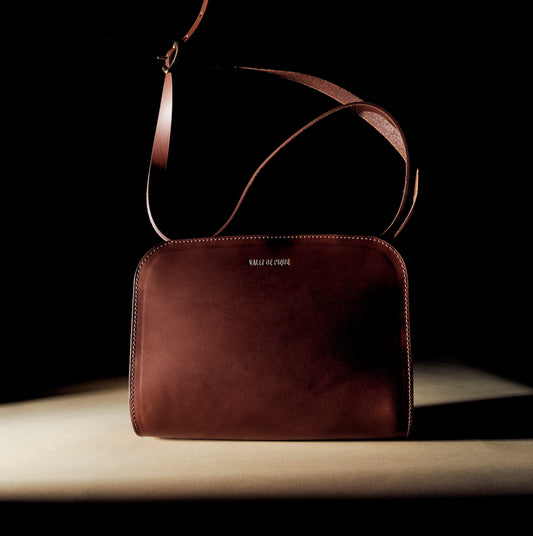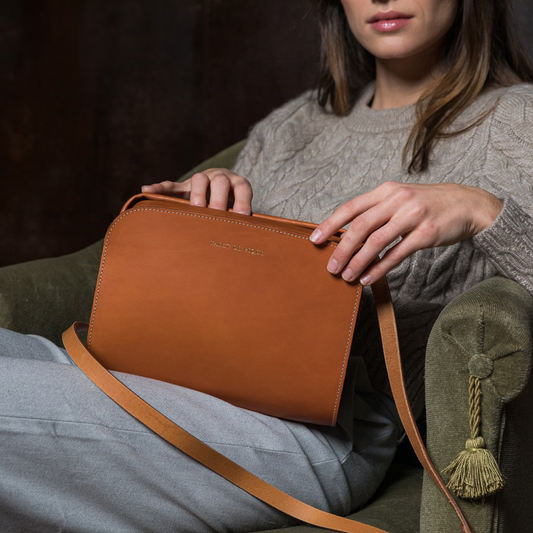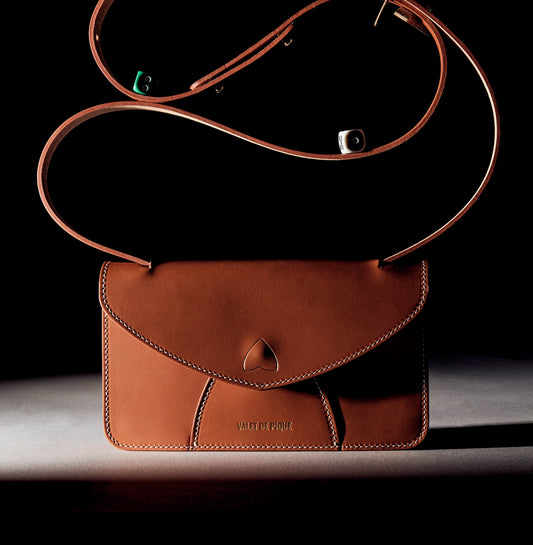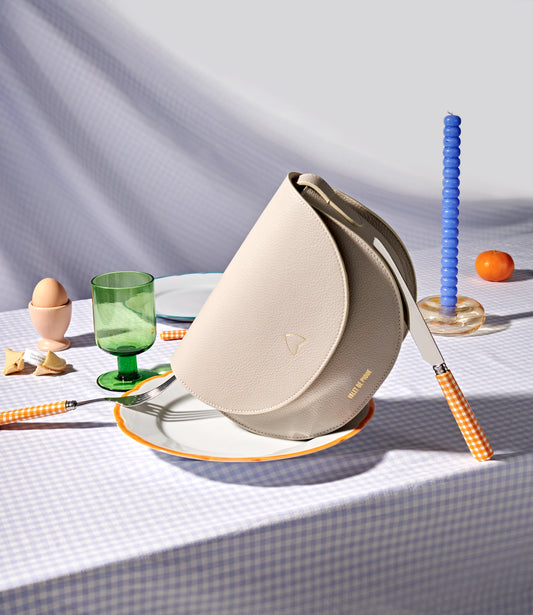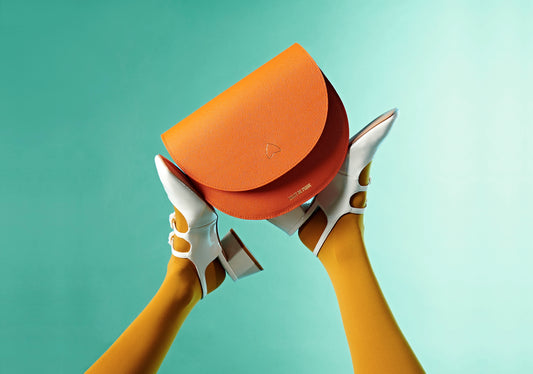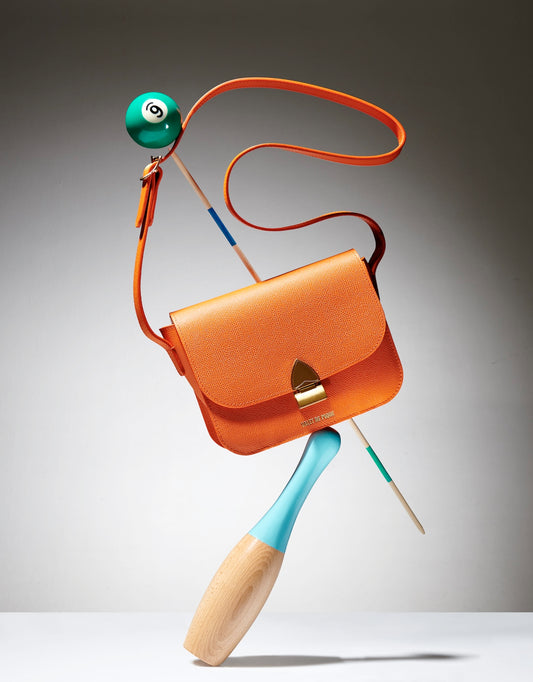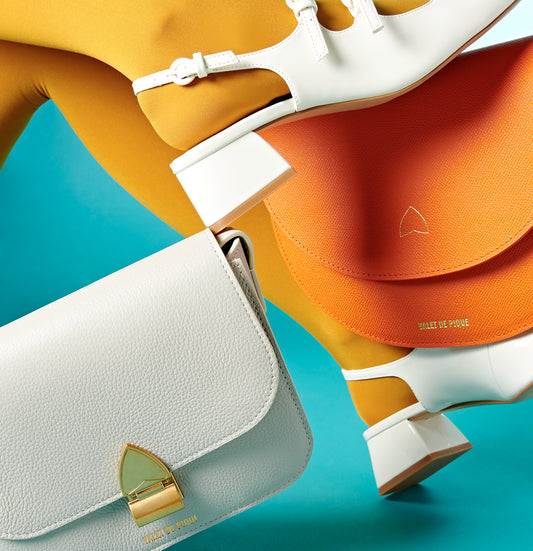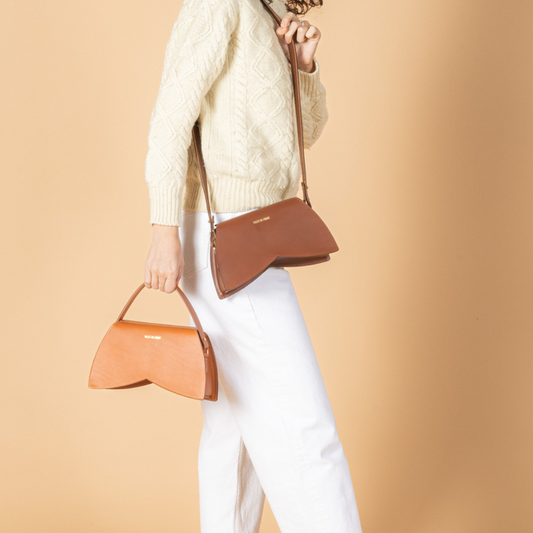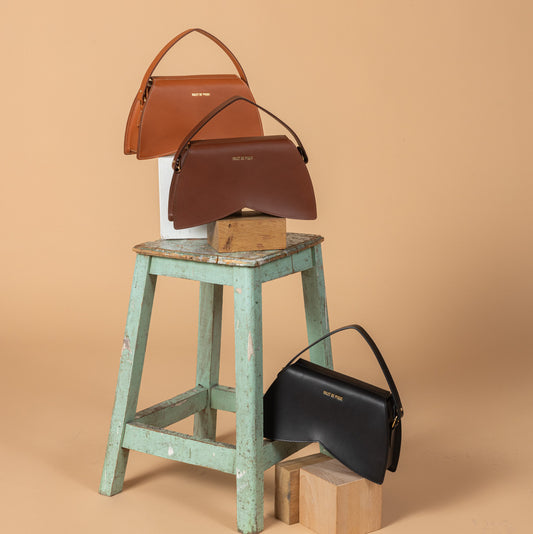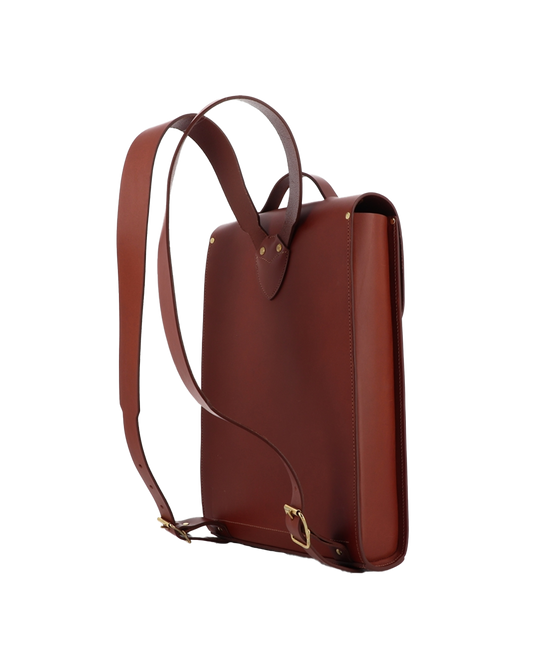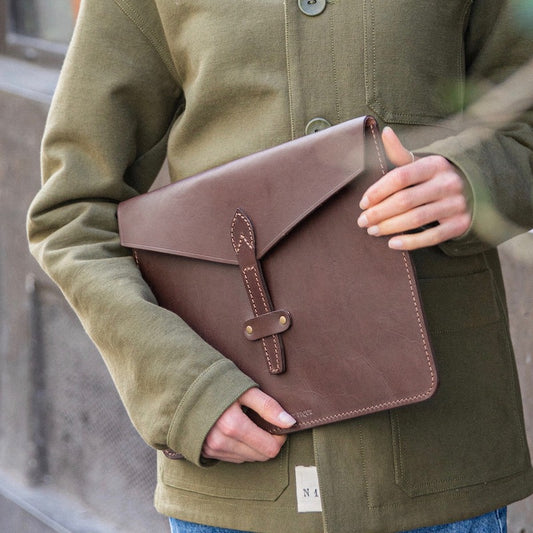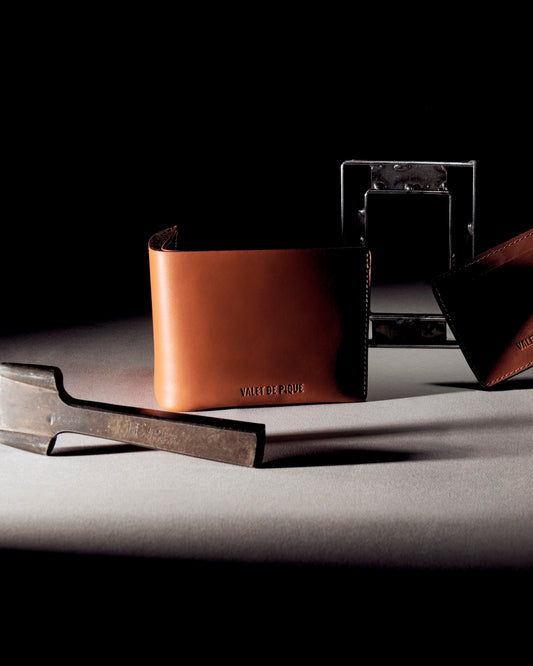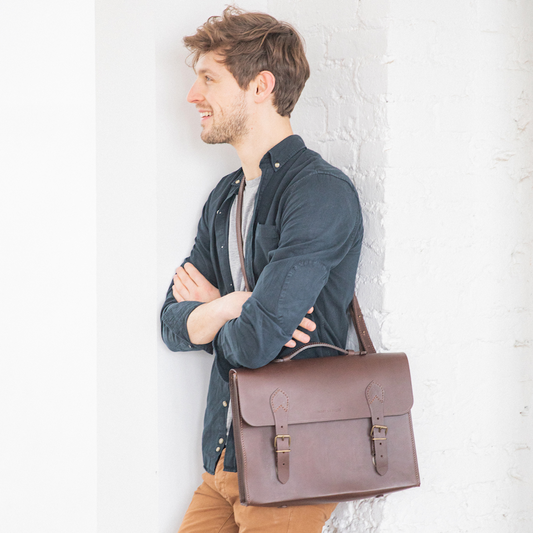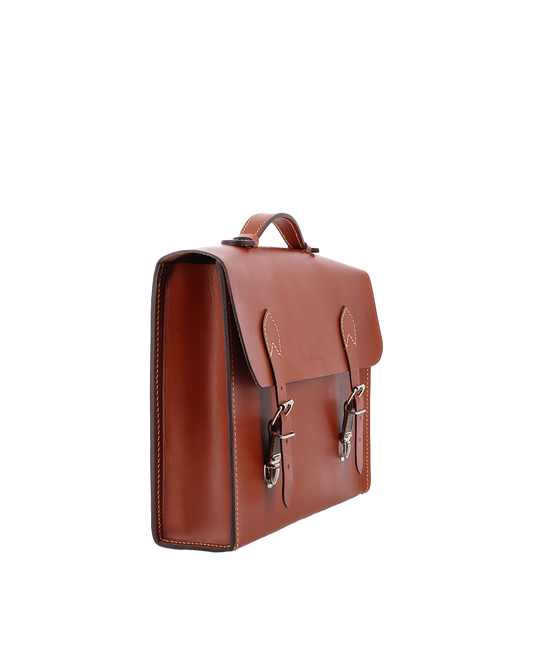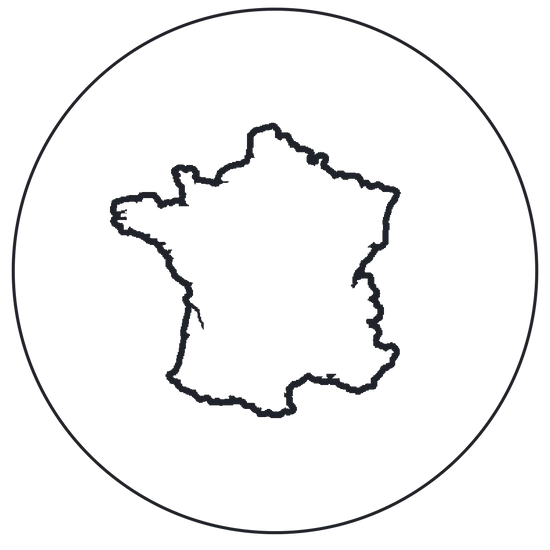At a time of overconsumption, when attractive prices and sales have replaced quality, when fashions have replaced sustainability, Valet de pique wants to share with you the beauty of craftsmanship by drawing up a portrait of these artisans with a know-how that values beauty and sustainability.
Artisan leatherworker Valet de pique
THE INTELLIGENCE OF THE HAND
What is very strong and beautiful in the craft is that it requires a great theoretical know-how, but also, a great "intelligence of the hand". That is to say, the tricks of the trade, the know-how that cannot be written down but which is transmitted from worker to worker, from person to person. The magic of this profession is the combination of ancestral techniques and new technologies. The best of know-how and the best of technology. But there is a risk that all these historical skills will be replaced by machines.
The most striking thing in the testimonies of the craftsmen I met is their passion. Their love, their addiction to the material they work with. "A hot, liquid, sensual, dangerous material" - said one glassblower.
THE PARISIAN ARTISAN
Being a craftsman in Paris is something very symbolic. Paris is the crossroads of design, art, fashion and luxury. And at the origin of this is the craft, the know-how. This is what has made this city and this country so rich. Being a craftsman in the capital is very rich in symbols, "it is the ultimate challenge" said a glassblower.
"I feel a power when I work that makes me dizzy. It is an energy that passes through us and into the object we are working on. An energy that does not belong to me. With experience I began to understand how I could freeze this energy. And thus to be able to share it. There is a technical specificity which reveals something of the matter which is cosmic, which is universal which is in the emotion. The matter expresses itself through a relationship built around a dialogue. It is an encounter between matter and gesture." - Jérémy Maxwell Wintrebert awarded the Liliane Bettencourt Prize for the intelligence of the hand 2019.
THE MEMORY, PRESENT AND FUTURE OF FRANCE'S MANUFACTURING HERITAGE
The craftsman is finesse, patience, the path, tradition, the pursuit of a quest in homage to the ancients. It is to value the transmission. It is hours and hours of work to share with future generations. "We have a duty to remember, to transmit, to present our know-how", declared a leather craftsman.
Being a craftsman also means knowing how to adapt to taste and fashion and find that little "je ne sais quoi" that will make the difference. It is the alliance between memory and the future that is at the center of our vision, to support and push the limits. When tradition is good we keep it, when technology is good we adopt it. We are the memory, the present and the future of France's manufacturing heritage.
"There are three times: the present of the past, the present of the present, the present of the future. The present of the past is memory; the present of the present is direct intuition; the present of the future is expectation." - Augustine of Hippo
Alphonse leather backpack
SIMPLICITY AND PERFECTION
Simplicity is what comes to mind when I design a bag. The fewer seams and pockets, the more fluid the bag feels. The bag then appears very pure. In the smell of leather and the noise of the machines, the precise gestures of the leather craftsmen follow one another. From the choice of the material, to the finishing, through the pattern, the polishing and the assembly. There are no less than 50 steps to make a Valet de pique satchel. To conceive this simplicity, this unity, it is necessary to be very meticulous, precise and the error is immediately expensive.
"We are the masters of the object that is born in our hands," said Eric, a leatherworker for over 10 years.
Each bag is a little different, it has a personality depending on the craftsman who makes it. Each bag is unique. And it is this imperfection that makes the object beautiful.
Edmond briefcase
THE LEATHER SADDLER
The saddler works with thick skins that must be solid. Leather is a material where there is no room for error. It is therefore necessary to master perfectly these different techniques: cutting, scratching, gluing, assembling, overcutting, hand sewing, machine sewing, flat sewing, corner sewing, beading, finishing the leather edges with walnut stain and beeswax, etc...
French saddlery reached its peak in the middle of the 19th century. At that time, the horse-drawn carriage was in vogue, and the saddlery pieces were the trademark of wealth par excellence. They are the authentic image of taste and work well done. The work well done is to know how to give life to its material and especially to listen to it.
"It is very rich and satisfying to hear the leather speak to me.
The wish of Valet de pique is to promote this high added value of French companies in the face of foreign competition. To keep this taste for beauty and durability alive, by offering leather goods, and more precisely saddlery.
